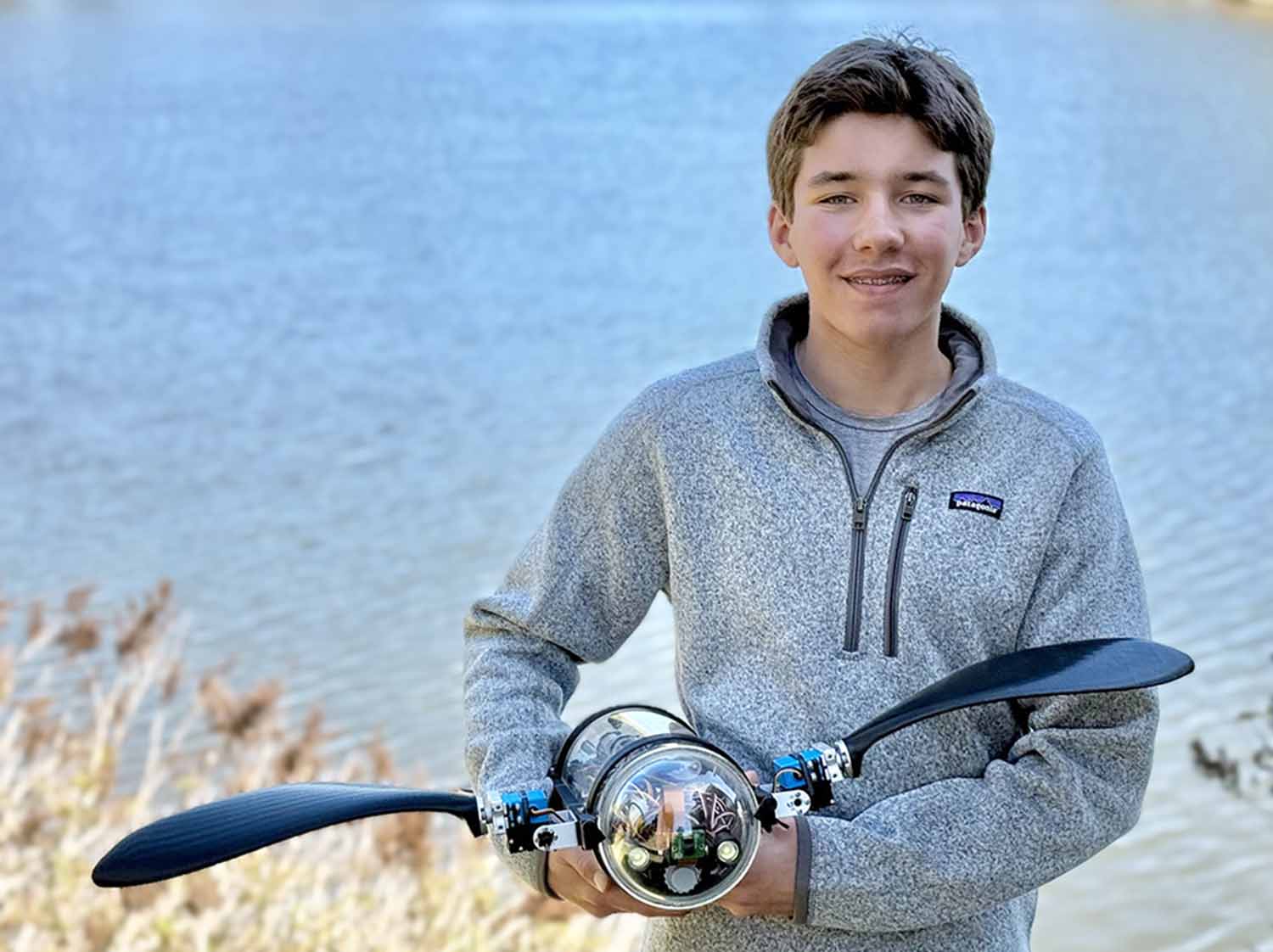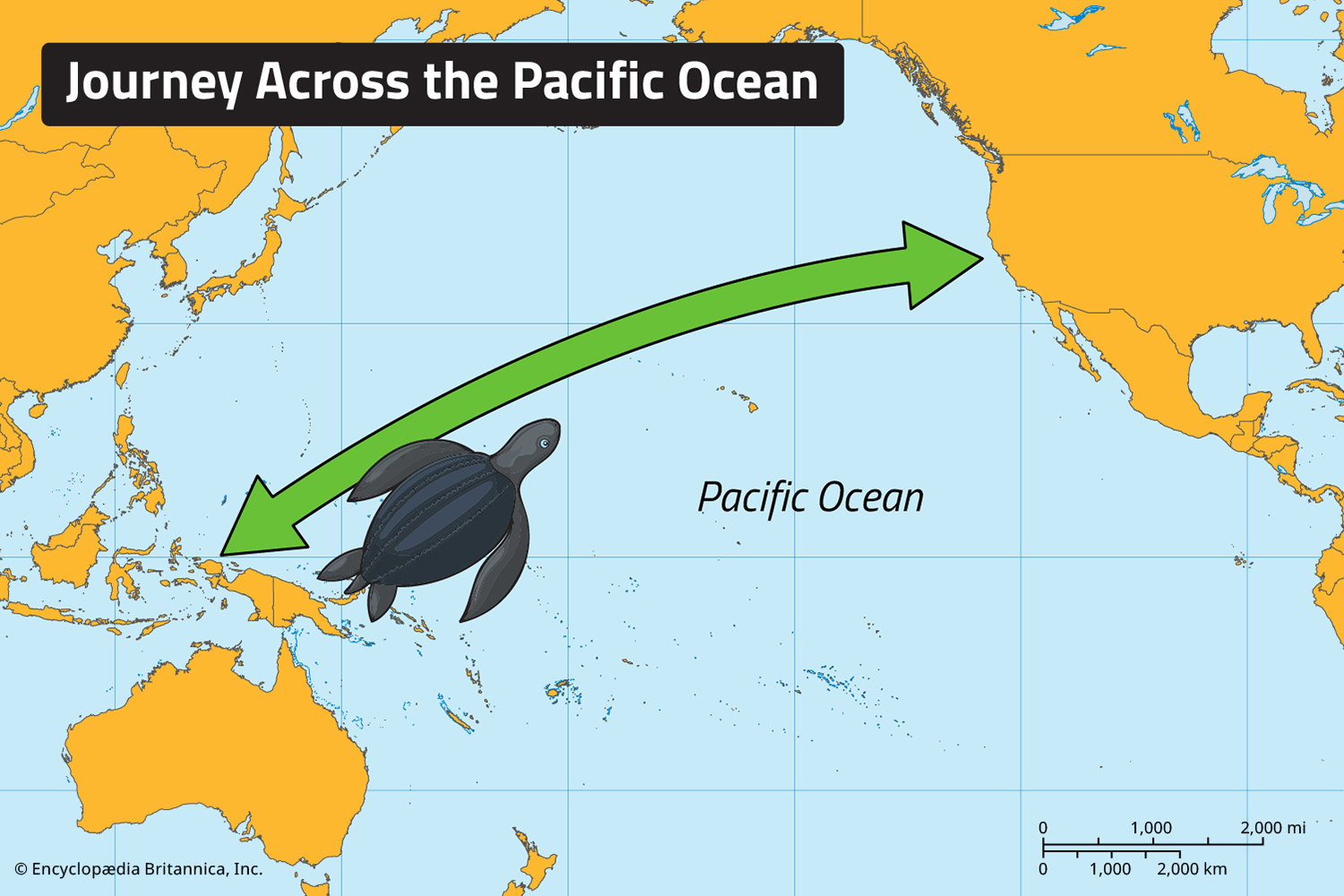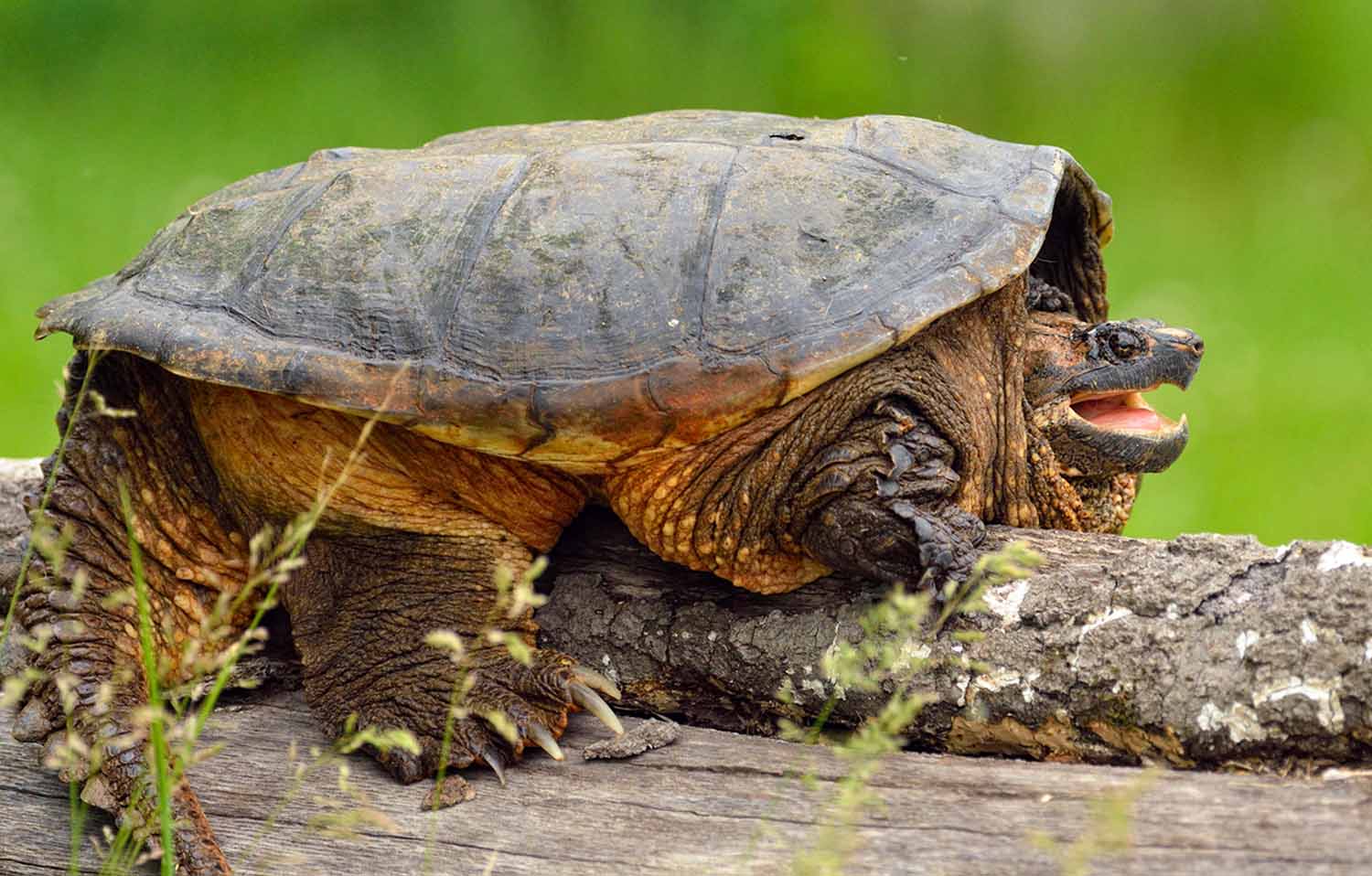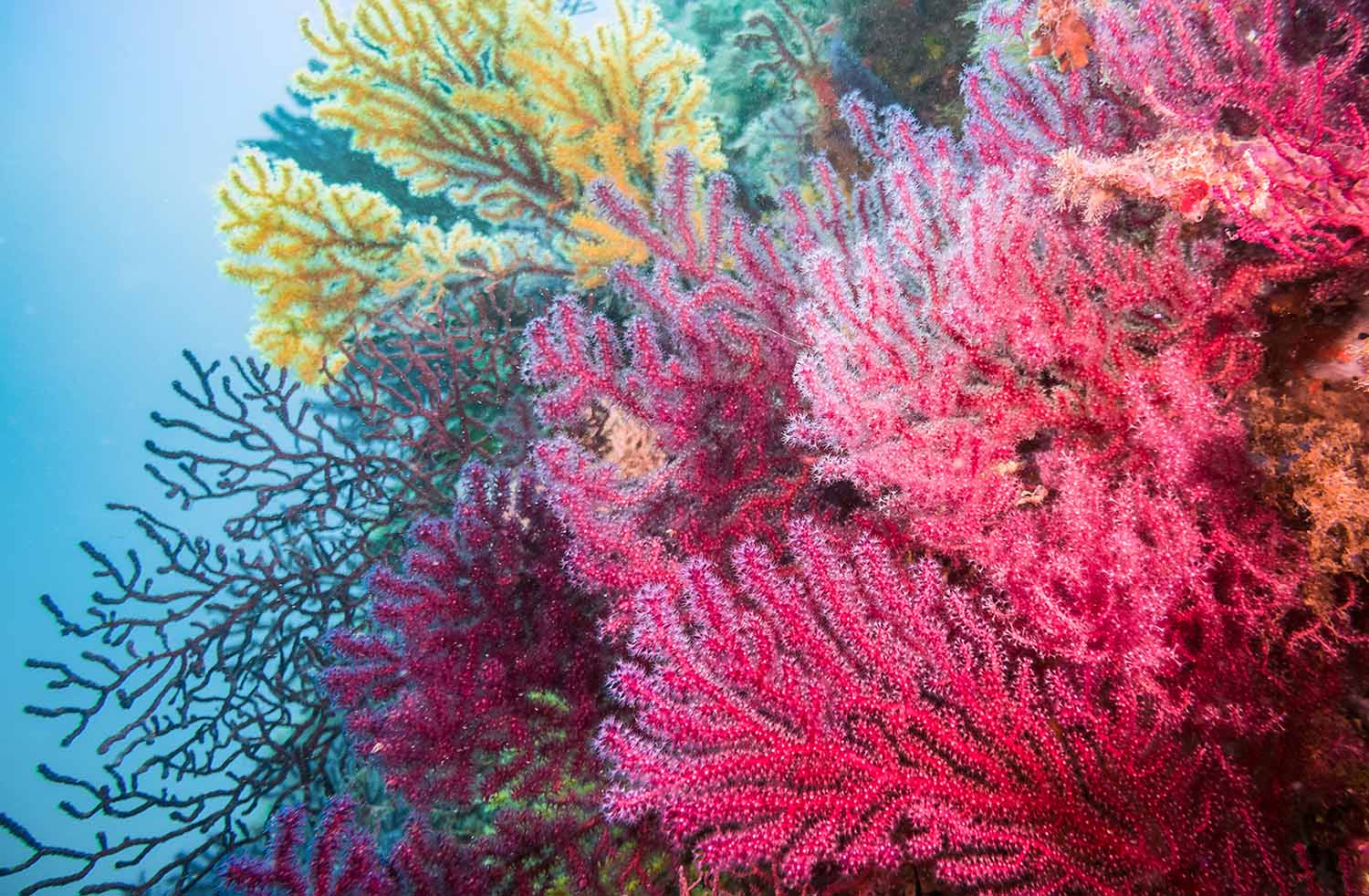Teen Invents a Turtle-Like Robot
Fifteen-year-old Evan Budz has invented a turtle-like robot that can help protect coral reefs.

Courtesy of Youth Science Canada/Justin Dutcher Photography
Evan Budz (third from left) poses with officials at the 2025 Canada-Wide Science Fair awards ceremony. Also pictured is fellow winner Sara Waquas (second from left).
If you invented a robot, what would you like it to do? Fifteen-year-old Evan Budz of Ontario, Canada, decided he wanted his robot to be able to detect certain threats to underwater life. Budz not only built that robot but also designed it to resemble a sea turtle.
The turtle robot uses artificial intelligence to monitor underwater environments for threats to marine life. The robot can detect the health of a coral reef with 96 percent accuracy (correctness).
“With my project, I’ve created a robot that swims underwater similarly to a sea turtle, and…[is] able to detect different types of threats that may occur in an underwater environment, from coral bleaching to invasive species,” Budz told CBC Radio’s Metro Morning. Coral bleaching is the term used when colorful coral turns white due to stress. Climate change can cause coral bleaching by warming the ocean waters.

Courtesy of Evan Budz
Evan Budz holds the robot he designed and built.
Budz decided to make his robot look and move like a sea turtle for two reasons. One, sea turtles are great swimmers, thanks to their flippers. And two, a robot that looks like a turtle can blend into an ocean environment without disturbing the living things around it. Budz designed the robot by adding motors to “flippers” that he made using a 3D printer.
To test the robot, Budz printed models of coral in different colors, including some that looked like they had been bleached. He found that the robot could tell the difference between the healthy-looking coral and the bleached coral.
The robot works so well that it has won multiple awards. Budz received the Best Project (Innovation) Award at the 2025 Canada-Wide Science Fair in Fredericton, New Brunswick, Canada. He was also one of four first-prize winners at the 2025 European Union Contest for Young Scientists in Riga, Latvia. His prize was $8,200.
Budz isn’t finished yet! He wants to keep improving the robot so that it can detect plastics and other pollutants in the water.






